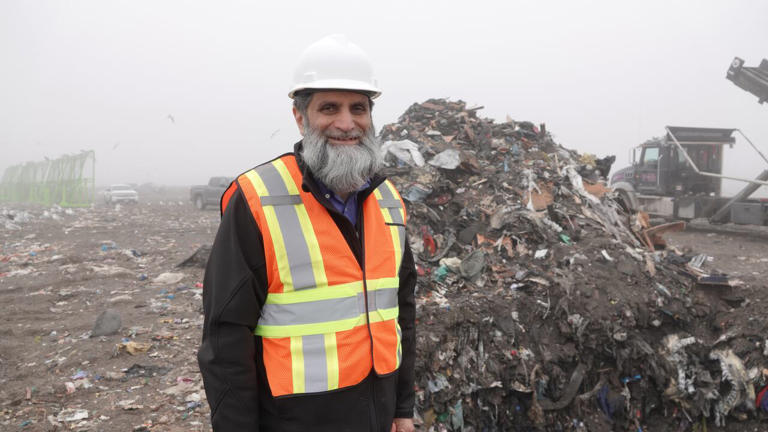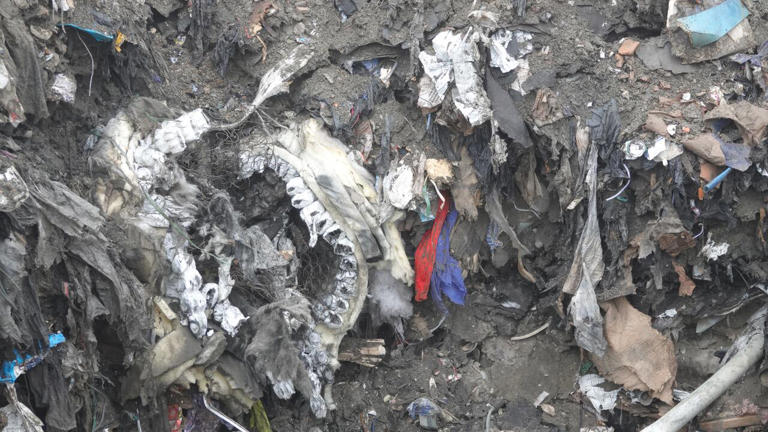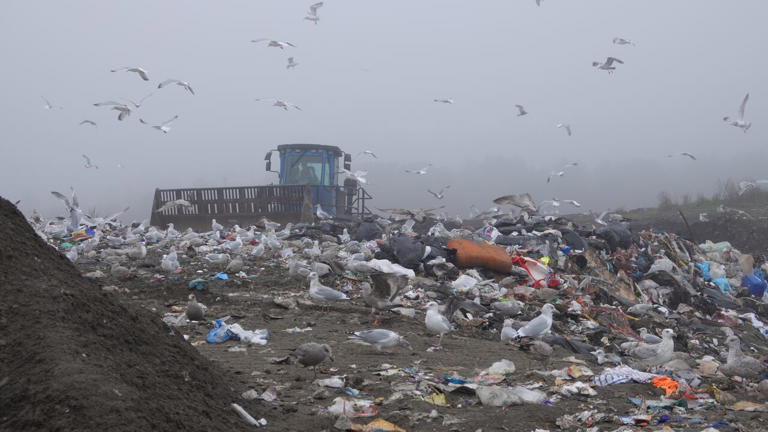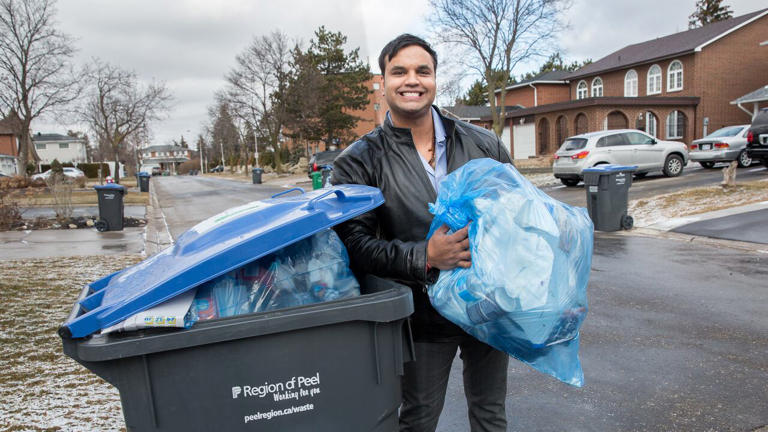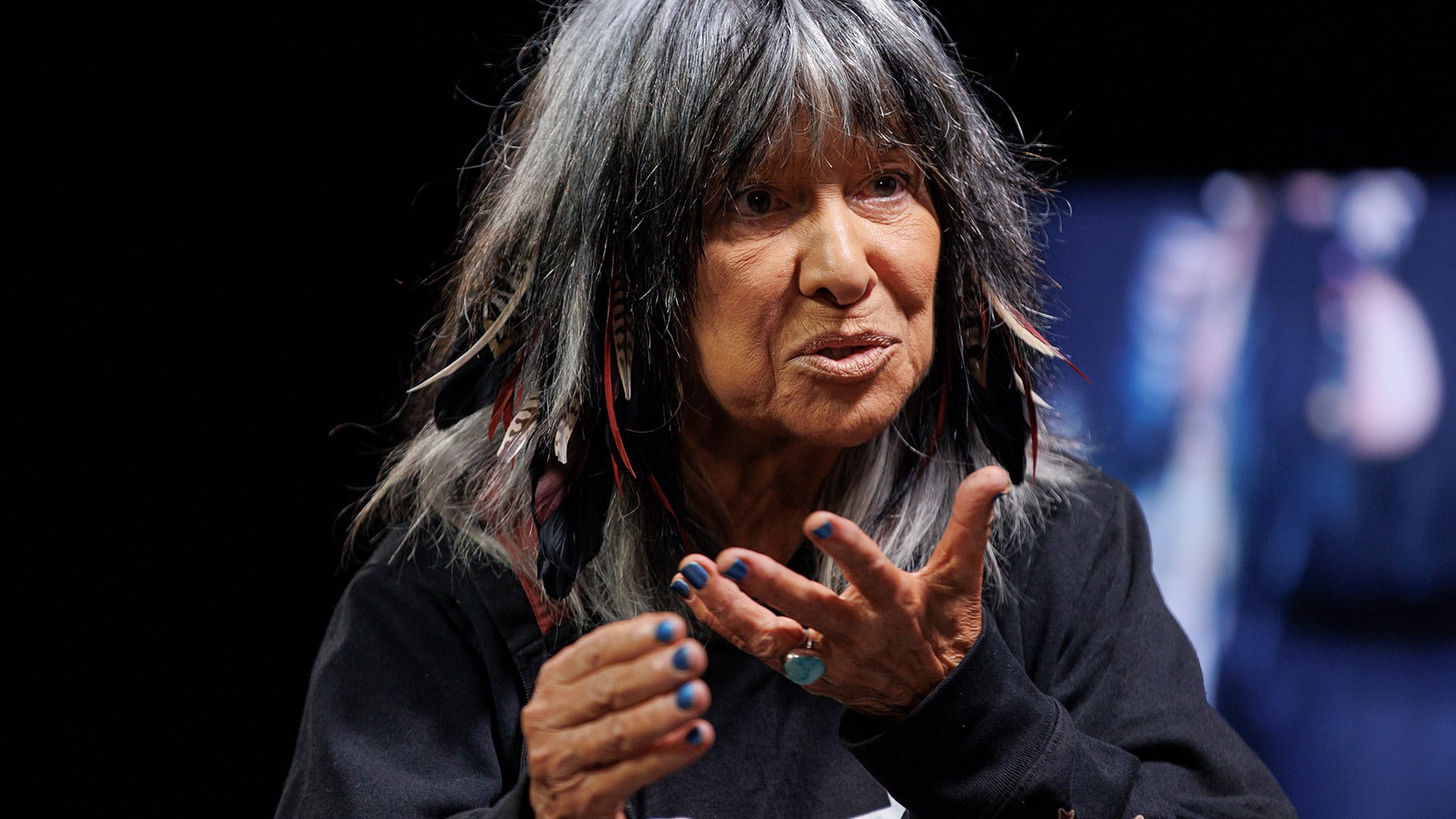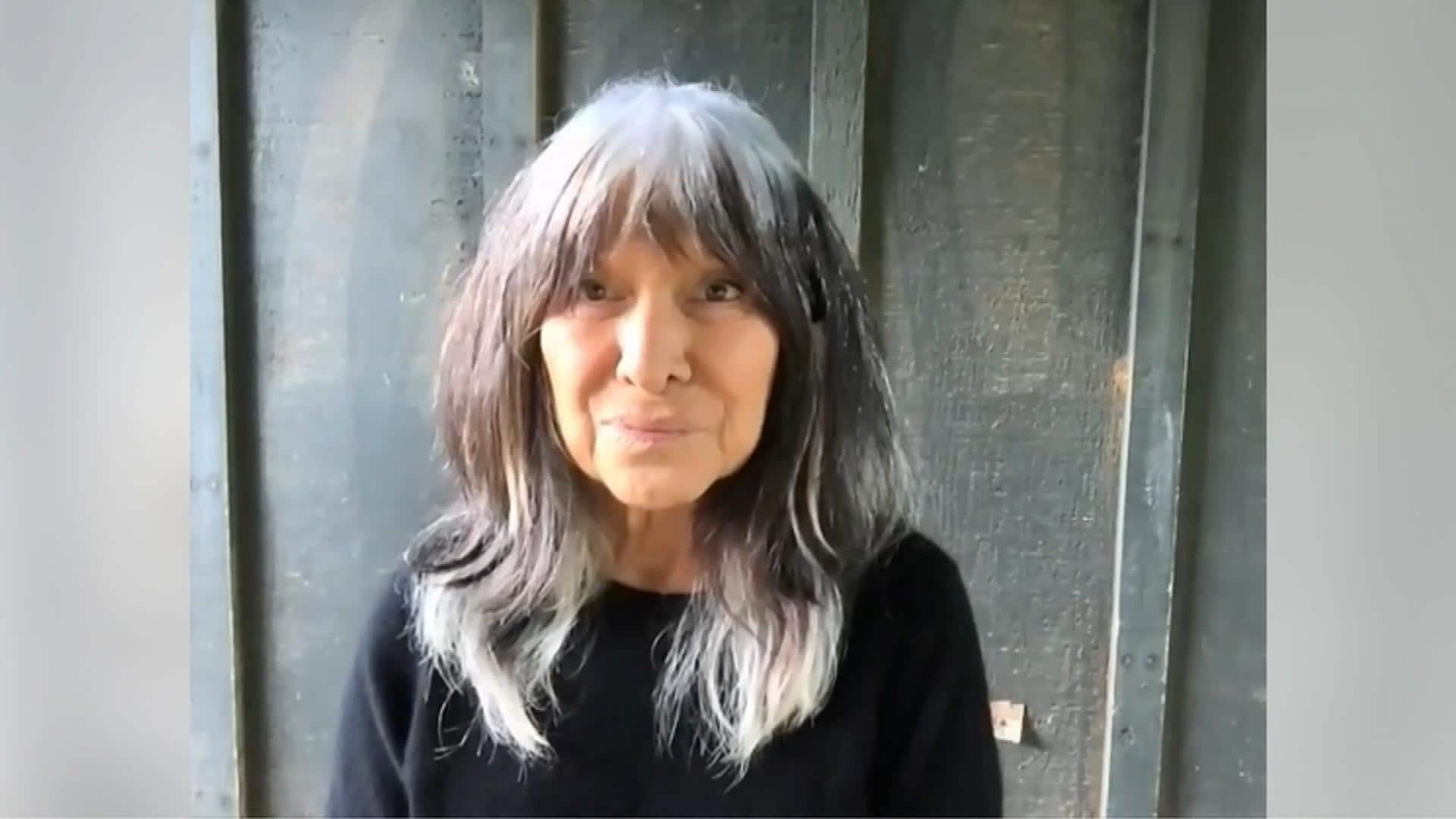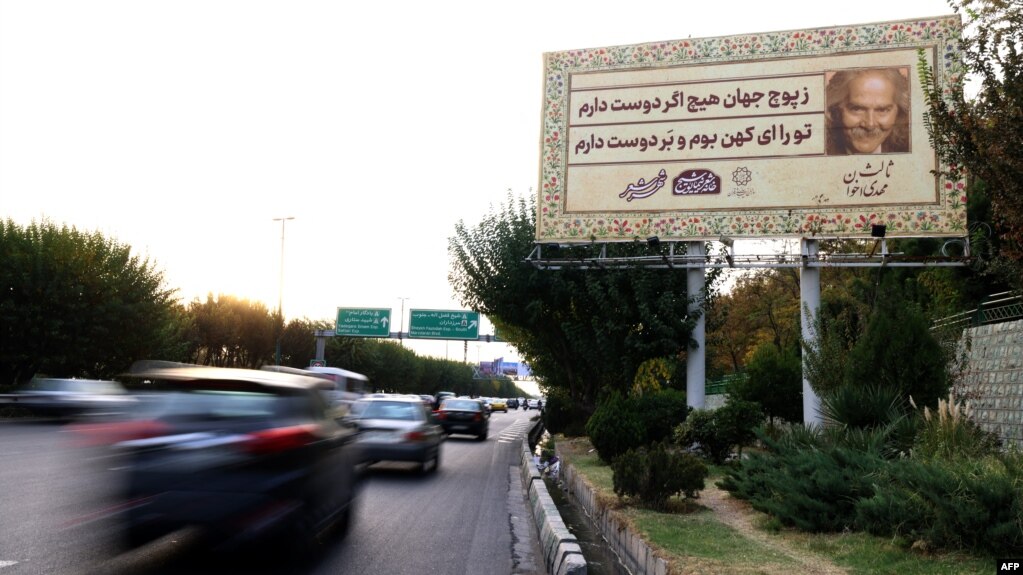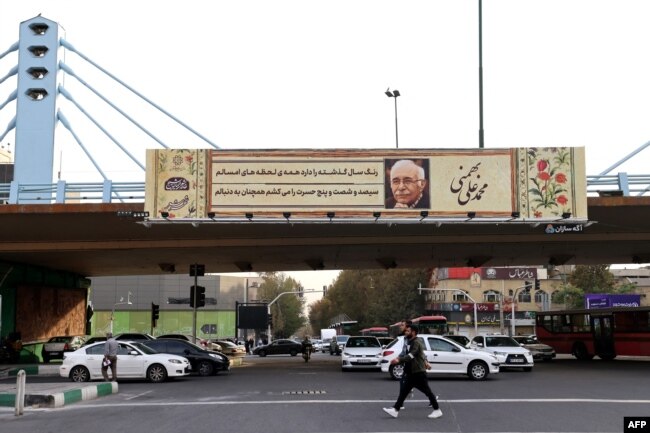Story by Sean Previl • GLOBAL NEWS
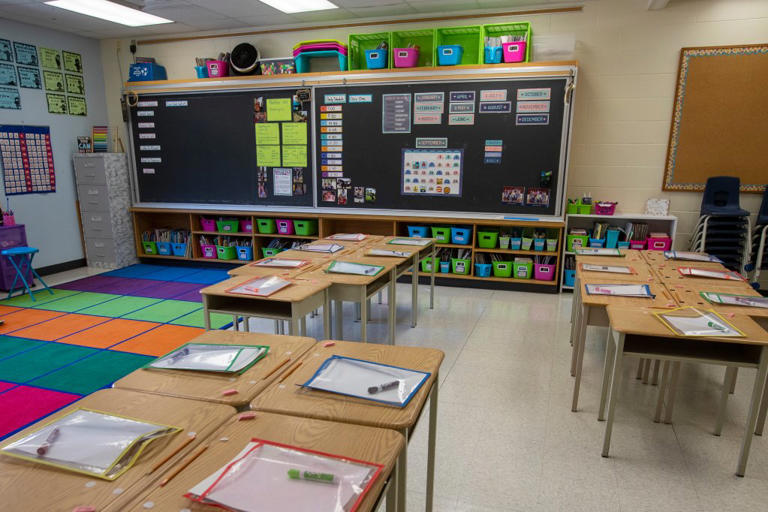
A school classroom sits empty ahead of the school year in Kingston, Ontario on Wednesday August 24, 2022.
Education support workers and the unions representing them are calling for more funding from Canada's provincial and territorial governments and more staff to be put in schools, saying both issues are contributing to the amount of violence being seen in classrooms nationwide.
The calls come as the number of violent incidents impacting these workers — which includes educational assistants (EAs), deaf and blind intervenors, child and youth clinical practitioners and many others — continues to rise.
Susan Lucek, the president of Canadian Union of Office Professional Employees (COPE) Local 527, says there were more than 4,000 reported incidents of violence in the 2022-23 school year "and that was only what was reported." In addition, she said they've already received 200 reported incidents this school year so far.
She said one of the biggest contributing factors was not enough staff in schools.
"Due to shortages, it seems like they're moving from one fire to another," she told Global News in an interview. "So a student is having an outburst, they go to help. They come back (and) their own students (are) not having a good time. They are pulled multiple times a day to help with personal care for students.
She said her members have experienced various types of injuries in the course of their work, such as concussions, and some have even gone to the hospital for treatment of injuries. There has been some sexual behaviour as well, Lucek said, including grabbing the breasts of female staff or smacking them on their buttocks. She notes not all this behaviour is necessarily controllable, but is concerning.
Lucek stressed that despite the behaviours being seen, her members continue to do their jobs because they love what they do and helping students.
"I would say that due to shortages of staff, not being able to meet the needs of students is I think the main problem," she said.
It's a similar story from former educational assistant Mark Wilkins.
Wilkins worked for the Thames Valley District School Board in southwestern Ontario from about 2015 until 2021 before moving west to B.C., where he now works as a camp director.
He said he had been bitten, kicked and punched while working. He also recalls incidents such as a classroom being evacuated due to a student flipping tables while staff remained in the room.
But despite the violence and even being told to expect it, Wilkins said he and his colleagues often stayed because they wanted to be there for their students.
"We're in it because we care for the children and we care about where they're going and our future and everything like that," he said. "But unfortunately, the hitting and that kind of stuff is just a part of it sometimes, which it should not be."
According to Wilkins, more funding is needed because while it might not solve every issue, he's seen it personally that more staff can help mitigate violence.
When the student who had flipped tables got an extra EA, things changed.
"His whole behaviour changed, he started working on schoolwork and ... he was so much more focused," Wilkins said.
Among the needs funding could help address is testing, with Jorge Illanes telling Global News it's impacted the wait-lists for learning assessments for children.
Illanes, the president of Canadian Union of Public Employees (CUPE) Local 3550, said the assessments help create "successful" student behaviour plans that help "pave the way" to give youth the support they need in school. This can include being able to provide extra staff to help support a student who may have behavioural or other issues.
He added that due to a lack of funding, the hours for staff are being reduced, the classifications for workers are being reduced — which could also impact pay — and it's leaving the staff still in schools overworked.
"So this is where we see those numbers increase of staff being alone with students, staff not being able to provide the services that mitigate the violence," Illanes said.
There is also the issue of violence in the workplace being normalized for education support workers rather than dealt with, Illanes said.
"Members are being told that it's an expectation of your job and also what you signed up for, which violence in the workplace is never what somebody signs up for," he said.
Last month, Global News reached out to all 13 provinces and territories' education departments to ask what is being done to better support and protect educators.
Saskatchewan, Nova Scotia, Manitoba, Quebec and Ontario each noted that funding has been committed toward various initiatives, including hiring classroom and support staff, and mental health resources for students.
Manitoba and Saskatchewan also pointed out that their schools must follow codes of conduct around creating and maintaining safe learning environments.
Alberta said in a statement that school authorities had access to “Respect in School” training, an online program focused on preventing bullying, abuse, harassment and discrimination.
New Brunswick said funding is provided to school districts for training, including violence-threat risk assessments, non-violent crisis intervention and trauma-informed practices.
B.C. also has programs in place to address violence, such as having safe-school co-ordinators who are to be contacted over individuals “continually causing concerns.” WorkSafeBC collaborates with education representatives to find the best methods of preventing or minimizing the risks of violence.
The Northwest Territories wrote that it has put in place multiple supports for student mental health, including a child and youth counsellor program and establishing school-based mental health positions in schools. A spokesperson also said it was working with education superintendents to develop a “profile of school violence” to help determine where there are gaps in services for students.
Nunavut said in October of last year that it worked with the territory’s Teachers’ Association to launch a violence reporting and tracking system. That system, from Oct. 1, 2022 until June of this year, has seen 245 violent incidents reported. Of these, 89 were student-on-student incidents, while 107 were student on staff. There were also 19 staff-on-staff cases, with one case of a staff-on-student violent incident.
In addition to this, there were 146 cases classified as “other,” which the Department of Education classifies as reports not involving staff or students, or the target of violence was not identified. The tracking system also identified that 42 incidents resulted in personal injuries, though it does not specify if it was staff or students who were injured.
Newfoundland and Labrador said it focuses on violence prevention through what it calls social-emotional learning and self-regulation "rather than reactionary responses." It also noted teachers are able to document incidents through its PowerSchool platform that school administration can access, but added that current data "does not seem to indicate any increase in violence incidents in schools in this province."
Yukon's Education Department told Global News it had put in place various measures including new policies in "positive behavioural management," and various mental health supports such as its "Mental Wellness and Substance Use Services," which it says provides free individual and group counselling services. It said it is also developing a "comprehensive" approach to support the mental health of students, families, support staff and "the greater school community," and in addition to school and clinical counsellors available, it is working to add school wellness specialists and First Nations wellness support.
Global News did not hear back from government officials in Prince Edward Island.
As governments note investments made into schools, education support workers and the unions representing them say it's still not enough and Lucek said policymakers need to recognize that "there's a problem."
"Bring back the human compassion," she said. "Understand there's a problem and then we can start putting together the puzzle to fix the problem, because it is a puzzle."

